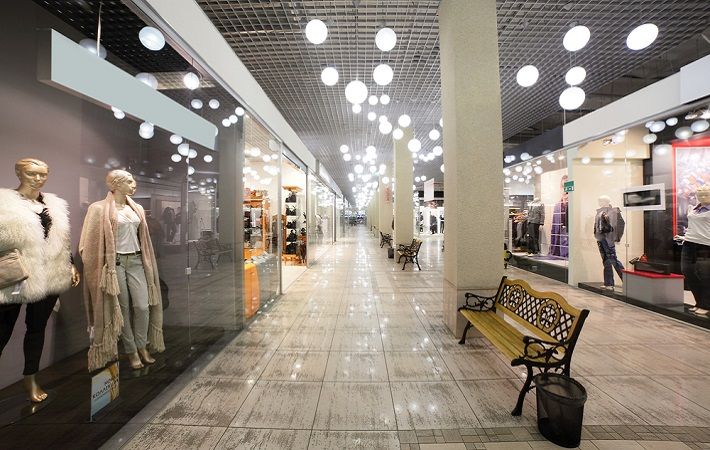UK shop prices fell 1.3% in April, vacancy rate at 14.1% in Q1: BRC

The vacancy rate was 1.9 percentage points higher than in the same point in 2020. This marks three years of increasing vacancy rates, from Q1 2018, according to the findings of British Retail Consortium (BRC).
“Falling prices are unlikely to last; in the months ahead, retailers will have to battle the cost pressures from Brexit red-tape, rising shipping costs due to international supply issues, as well as increasing global food and oil prices. As these costs filter through, retailers may be left with no option but to pass on some of these costs to consumers,” said Helen Dickinson OBE, chief executive, BRC.
"With the economy reopening we will start to see a rebalancing of consumer spend and it's good news that there is still shop price deflation. Looking ahead, with many households uncertain about their personal finances, if external cost pressures start to feed through then shoppers may become more price-sensitive over the next few months, as lifestyles are adapted to a new normal,” said Mike Watkins, head of retailer and business insight, NielsenIQ.
Talking about the vacancy rate, Dickinson said: “The forced closure of thousands of shops during the first quarter of 2021 has exacerbated already difficult conditions for the retail industry. We estimate there are around 5,000 fewer stores since the start of the pandemic, meaning 1 in 7 shops now lie empty. Shopping centres, many of which have been forced to close for a large portion of this pandemic, have fared worse than other retail locations, with over 12 per cent of units lying empty for a year or more.
“With full business rates relief and the moratorium on aggressive debt enforcement ending in England this summer, many stores may never reopen. The government must ensure the ongoing business rates review leads to reform of the broken system and permanently reduces the cost burden which is leading to unnecessary stores closures and job losses.”
The number of vacant units has continued to increase in the first three months of this year across the country, despite much of the market being temporarily closed for during the third lockdown. A number of household names announcing further store closures or indeed, disappearing from high streets entirely shows how challenged physical retail continues to be, said BRC.
“Shopping centres have been particularly exposed to the effects of the covid-19 pandemic, principally having a lower proportion of ‘essential’ retailing as well as being exposed to categories which are in decline such as fashion,” said Lucy Stainton, director of retail and strategic partnerships, Local Data Company.
“This being said, the early indications from the first few weeks of the ‘unlocking’ have shown there is still significant demand for physical retail. Hopefully, as consumer confidence continues to build momentum with reduced covid-19 cases, more of the population vaccinated and warmer weather, further fall out from the pandemic might be mitigated somewhat,” Stainton added.
Fibre2Fashion News Desk (KD)
































-Ltd..jpg?tr=w-120,h-60,c-at_max,cm-pad_resize,bg-ffffff)





.jpg?tr=w-120,h-60,c-at_max,cm-pad_resize,bg-ffffff)
.jpg?tr=w-120,h-60,c-at_max,cm-pad_resize,bg-ffffff)






